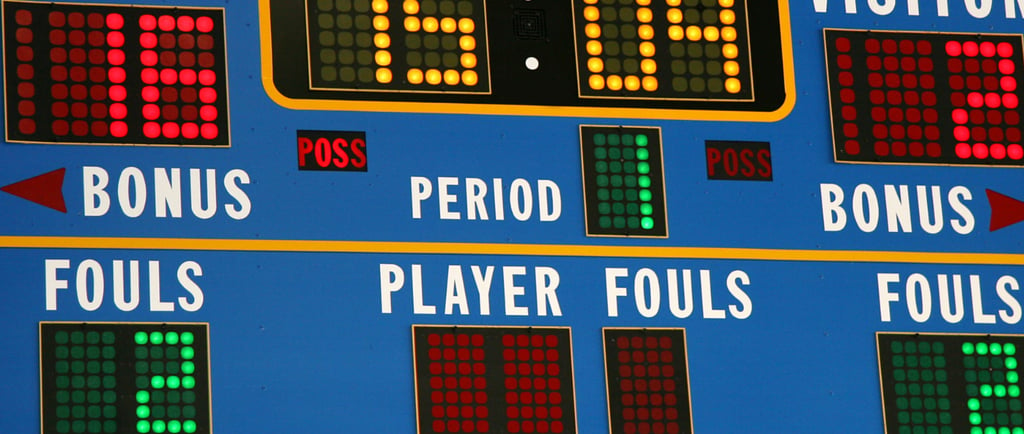Mastering Time Management
In the heat of "battle" things can get crazy. Here are some tips on how to best manage your teams time.
4 min read


As a parent coach, you wear many hats: mentor, strategist, motivator, and sometimes, even mediator. One of the most critical aspects of these roles is effective time management, both during practices and games. Efficient use of time can maximize skill development, ensure every child participates, and make the entire coaching experience more rewarding for both you and the athletes. However, managing time effectively can be challenging, especially if you're new to coaching. This blog will provide you with practical strategies and insights to help you master the art of time management in youth athletics.
The Importance of Time Management
Effective time management in youth sports is crucial for several reasons:
Maximizing Development: Structured practices that utilize time efficiently help in developing skills and game understanding. According to a study by the Aspen Institute, quality practice time directly correlates with improved performance and skill acquisition in young athletes.
Inclusivity and Engagement: Well-managed time ensures that all children get equal opportunities to participate and engage, which is vital for their development and enjoyment of the sport.
Preventing Burnout: Over-scheduled and chaotic practices can lead to burnout among young athletes. A balanced approach to practice time helps in maintaining their enthusiasm and long-term interest in sports.
Strategies for Effective Time Management
Plan Ahead: Detailed planning is the cornerstone of effective time management. Before each practice or game, outline your objectives and create a session plan. Include warm-ups, skill drills, scrimmage, and cool-down periods. A well-structured plan ensures that you cover all necessary elements without wasting time.
Set Clear Goals: Each practice should have specific goals. Whether it's improving dribbling skills in soccer, batting techniques in baseball, or defensive strategies in basketball, having clear objectives keeps the practice focused and purposeful. The American Psychological Association suggests that goal-setting can enhance motivation and performance by providing clear direction.
Use Time Blocks: Divide practice into time blocks, allocating specific time for each activity. For instance, a 60-minute practice might include 10 minutes of warm-up, 20 minutes of drills, 20 minutes of scrimmage, and 10 minutes of cool-down. Using a timer or whistle to signal transitions can help maintain the schedule.
Keep It Dynamic: Young athletes often have short attention spans, so keep activities dynamic and varied. Rotate drills frequently to maintain engagement and enthusiasm. According to the National Alliance for Youth Sports, variety in training helps in keeping kids interested and motivated.
Delegate Responsibilities: Involve assistant coaches or parent volunteers in managing specific drills or groups. Delegating responsibilities ensures that more ground is covered in less time and helps maintain order and focus.
Focus on Fundamentals: Prioritize fundamental skills and techniques. Drills that focus on basic skills are essential for long-term development and can be easily adjusted for different skill levels, ensuring that all athletes benefit from practice time.
Incorporate Fun: Make time for fun activities and games. While structure is important, incorporating fun elements keeps young athletes motivated and excited about practices. Balancing work and play is key to maintaining a positive atmosphere.
Monitor and Adjust: Continuously monitor the effectiveness of your time management strategies. Be flexible and adjust your plans based on what works and what doesn’t. Solicit feedback from the athletes to understand their preferences and what they find most beneficial.
Managing Time During Games
Time management isn’t just for practices; it’s equally important during games:
Pre-Game Preparation: Ensure that all athletes know their roles and positions before the game starts. This reduces confusion and wasted time during the game. Pre-game warm-ups should be efficient and focused on getting the players ready both physically and mentally.
Substitution Strategy: Have a clear substitution plan to ensure all players get ample playing time. Keeping track of playing time and rotating players efficiently can be challenging but is crucial for maintaining fairness and development.
Timeouts and Breaks: Use timeouts and breaks strategically to provide feedback, make adjustments, and give players rest. This is also a good time to reinforce positive behavior and strategies discussed during practice.
Post-Game Debrief: Use post-game time effectively to review the game, celebrate successes, and discuss areas for improvement. Keeping this debrief concise ensures that the feedback is focused and impactful.
Leveraging Technology
Technology can be a valuable ally in managing time effectively. There are numerous apps and tools designed specifically for youth sports coaches that can help with planning, scheduling, and communication:
Practice/Game Journal: The Coaching Dad offers some great resources within the downloads tab that coaches can use to properly plan practices and games in advance.
Practice Planning Apps: Tools like Coach’s Eye or TeamSnap help in organizing practice sessions, creating drill libraries, and managing schedules.
Communication Platforms: Apps like GroupMe or TeamReach facilitate easy communication with parents and athletes, ensuring everyone is informed about practice times, game schedules, and any changes.
Performance Tracking: Use apps to track player performance and progress. This data can be invaluable in planning practices and making informed decisions about playing time and development focus.
Conclusion
Effective time management is a critical skill for parent coaches in youth athletics. It requires planning, flexibility, and a keen understanding of the developmental needs of young athletes. By implementing the strategies outlined above, you can create a structured, engaging, and enjoyable environment that maximizes learning and development for all team members. Remember, the ultimate goal is not just to develop skilled athletes, but to nurture a lifelong love for sports and physical activity.

